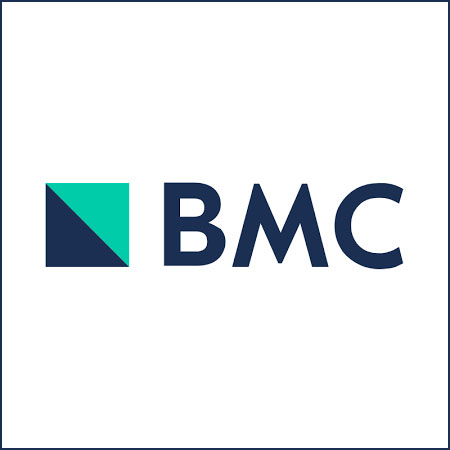Success factors for treatment with mini implants and their importance in practice – Practical implantology and implant prosthetics | pip 4 | 2010
Practical implantology and implant prosthetics | PIP magazine 4 | 2010
Success factors for treatment with mini implants and their importance in practice. Prospective investigation of patient cases over a year.
Literature from the authors: Henriette Lerner, Ady Palti
The clinical success of mini-implants depends on various parameters that are also interrelated. The present study investigated whether there is a correlation between the diameter of the inserted implants and the primary stability. In addition, different bone densities specified by the respective patient were taken into account. The osseointegration and the depth of any perio-implant pockets were documented over a period of one year after implantation. In addition, the influence of the implant diameter and the type of implant structure on the success rate were determined.
Conclusion
Based on the results obtained in the course of the present study, a success rate similar to that of classic implantations can be expected when using mini-implants to stabilize the prosthesis. Since the success correlates with the primary stability, it can be assessed well after its determination with the torque ratchet directly after the insertion. If the determined numbers are in the borderline range (≈ 35 Ncm), a soft lining should be made in case of doubt. Depending on the individual case, it should also be checked whether another mini-implant can be inserted for better stabilization. If you have the choice, you should choose a somewhat larger one, i.e. instead of the 1.8 mm implant, the 2.1 or rather the MDI Hybrid with 2.9 mm diameter instead of the 2.4 mm .
It goes without saying that recall appointments that are close together are advisable, especially in order to be able to follow the scheduled osseointegration promptly. It is by no means over after six months, but rather experiences another significant improvement in the following six months.

Dr. medic.stom. Henriette Lerner
1990 Study of dentistry (University of Medicine and Pharmacy “Victor Babes” Temeschburg).
1990-1993 Oral surgery training at the Academy for Dental Training in Karlsruhe.
1995 Training at Goldman School of Dental Implantology / Boston, Massachussets.
1998 DGZI specialist.
2004 Expert in implantology at the DGOI.
2006-2007 Specialization “Dento-Alveolar Surgery” Dr. Henriette Lerner (University “Carol Davila” Bucharest).
2006 Practice at the Videnti Center for Implantology and Aesthetics, Baden Baden.
Member of: DGOI; ICOI; EAO; ASA DGÄZ; DGZMK; BDO; EFOSS.
National and international speaker on aesthetics in implantology, minimally invasive implantology, implantology curriculum, advanced augmentation techniques.





